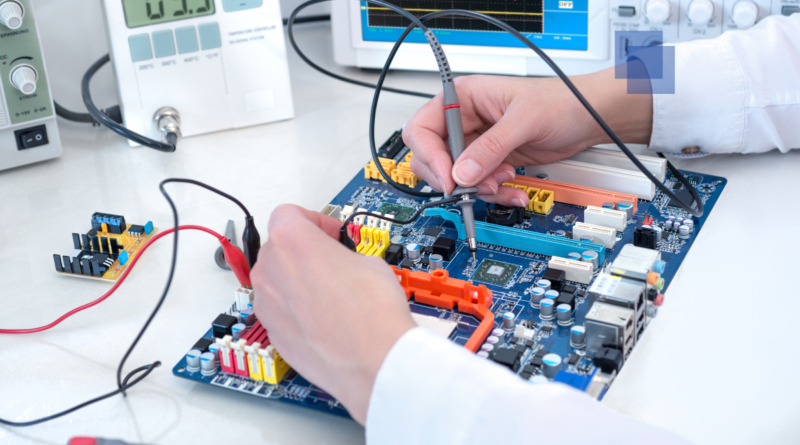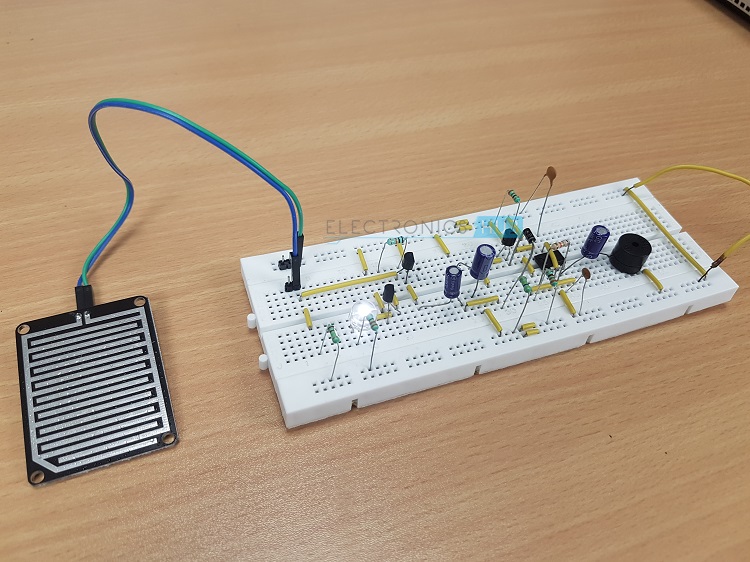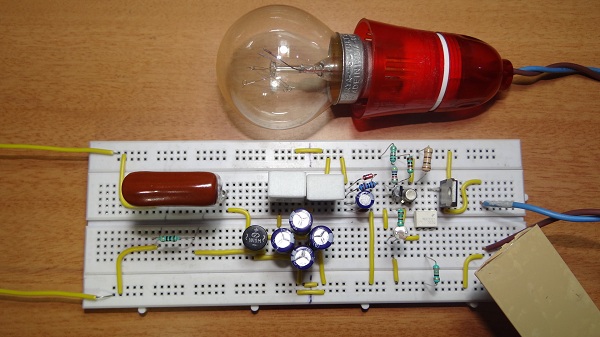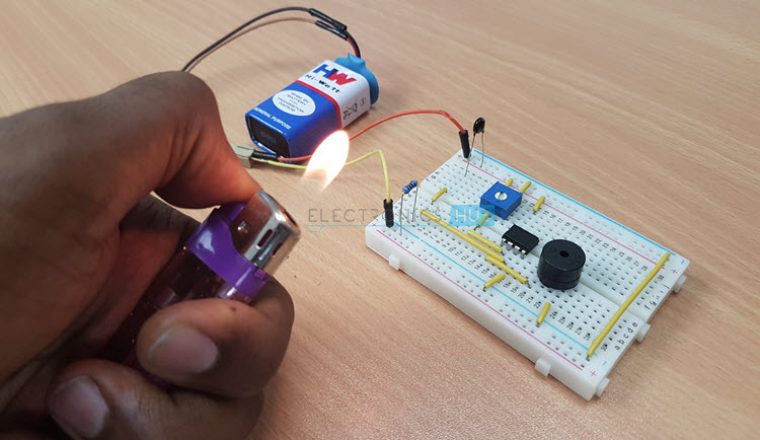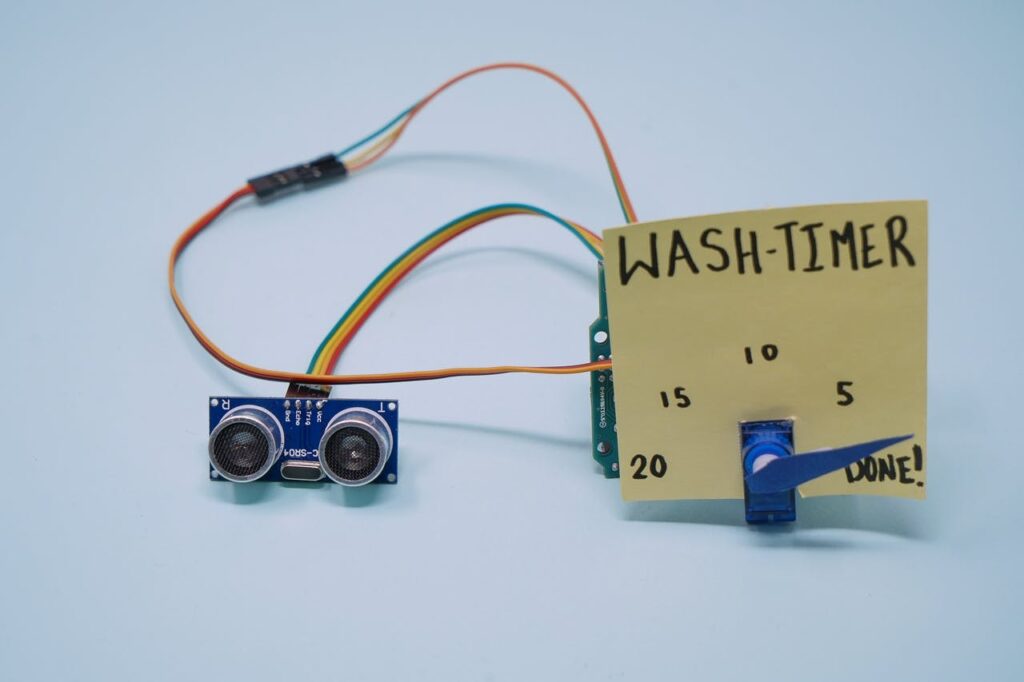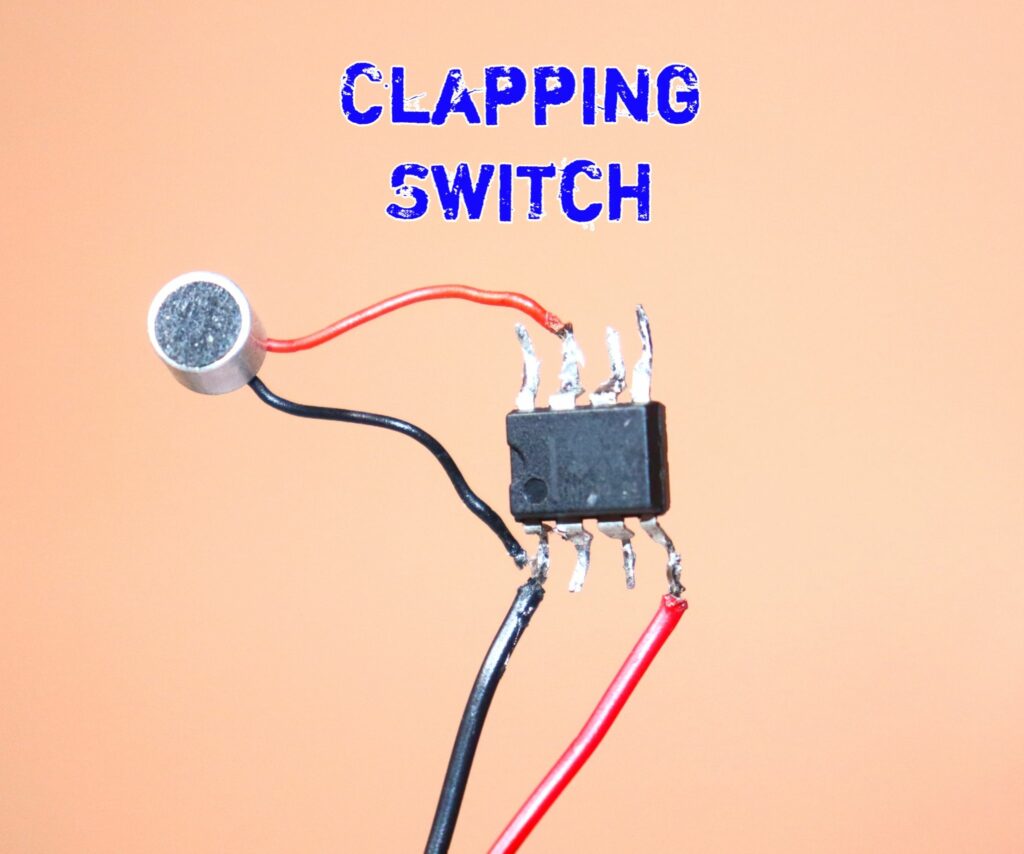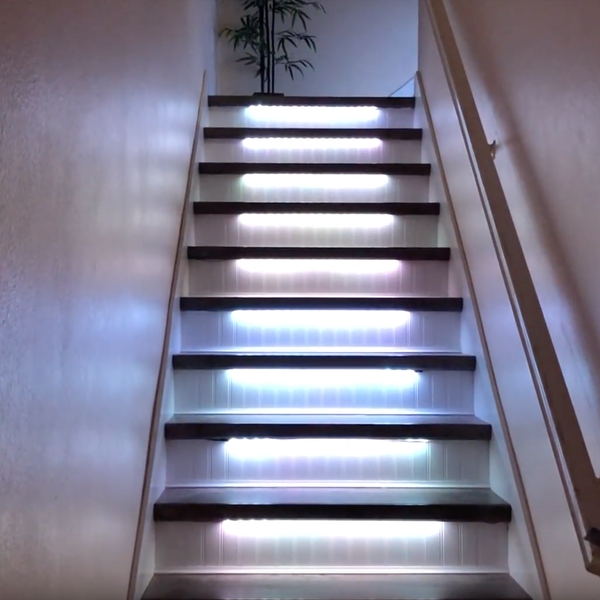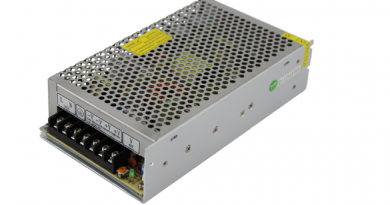Best Beginner Electronics Projects
This article will focus on Beginner Electronics Projects. Thanks to several online electronic stores, building DIY electronic projects has never been easier. Almost everyone can now get their hands on different development boards, microcontrollers, circuit boards, and many more. Aside from that, there are many guides and instructional videos found online that can help you get started on any electronic project. This article was made so it is a lot easier even for beginners and nonprofessionals like you.
That being said, we have compiled some of the best electronic projects found online that you can do at home. Most of the tools and equipment needed for these projects are cheap and can be easily bought online. So with a little bit of patience and hard work, you can accomplish most of these projects in no time.
Table of Content
- Rain Alarm
- Auto Night Lamp
- Fire Alarm
- Automatic Hand-Wash Timer
- Clap Switch
- Automatic Staircase Light
- Smart Back Camera and Collision Protection for Cars
- Portable Boombox from Scratch
- Digital Altimeter
- Biometric Attendance System
- Solar Phone Charger
- Water Level Indicator
- Electronic Mosquito Repellent
After you find a project that you like be sure to check out our electronic parts & general supplies inventory for all your hobby needs!
Rain Alarm
This simple but very useful project can be used for houses, irrigation fields, business sites, and automobiles.
We understand the difficulty of finishing any projects with unpredictable weather. The sun is out, the next thing you knew all your equipment and tools are now soaked by the rain.
To help you solve this problem, you can create your own rain alarm. The system will detect rain and activate an alarm or notification. This way, you would be more prepared and you can bring your tools and equipment inside just in time.
The materials needed for making this project are rather simple. You just need a rain sensor, power supply, breadboard, LED, a buzzer (optional), a few resistors and capacitors, and so on. You can easily buy these materials online or in any electronic store for a cheap price.
Auto Night Lamp
Similar to your phone’s screen to automatically adjusting its brightness when it is dark. You can also archive the same with any night lamp. This night lamp project would automatically switch on when it is nighttime and automatically turns off when it is daylight.
This Auto Night Lamp is a perfect project as a first beginner electronics projects. It offers convenience and you can give it as a present to almost anyone. Apart from that, it is a simple project to test your knowledge of circuit diagrams. It is an easy project that does not require a lot of tools and the materials needed are relatively cheaper.
Fire Alarm
Through this project, you would be able to understand how real-world electronics systems are built. Several hobbyists have already tried this project, so there are tons of approaches as well as step-by-step guides available online.
You can use a Negative Temperature Coefficient (NTC) Thermistor for this fire alarm in order to measure the ambient temperature. NTC is the recommended thermistor for this project because its resistance is inversely proportional to the temperature. The 10K Ohm NTC Thermistor is commonly used along with LM358, and other components to measure the resistance more effectively.
You can use a Light Dependent Resistor (LDR) for this DIY project as well. Rather than detecting fire through an NTC thermistor, you can use an LDR instead. NTC thermistor detects fire through changes in the ambient temperature while LDR detects fire through smoke.
Automatic Hand-Wash Timer
With the ongoing pandemic, washing our hands has never been more important. The World Health Organization stated that we should wash our hands for at least 20 seconds to avoid the spread of the virus.
That being said, an automatic hand-wash timer is a perfect addition to your home. This would not only help prevent the spread of the virus but it would also help you conserve water. The water would be timed and controlled, to be able to save and use water more efficiently.
You can use an Arduino Uno or just a timer and an ultrasonic sensor module for this project. Since there are several ways to accomplish this project, you can simply find one that would fit your skill level.
Clap Switch
You can now turn off your bedroom light without getting up from your comfy bed. Another plus side to this clap switch is that there is no fear of electrical shocks. You can also place it in your bathroom so that you no longer have to touch any switch with your wet hands. Furthermore, the heart of this project is the microphone. Because it would be the one to pick up and register your clap to the circuit. As for the power supply, it would ultimately depend on your preference and choice of materials for the circuit. Another popular option, using common semiconductor chips such as the LM555 for precision and better timing.
Automatic Staircase Light
Waking up thirsty in the middle of the night? Having a hard time going downstairs because it is too dark? If so, then this automatic staircase light should be your next project.
As compared to other electronic projects for beginners, this one requires a lot of work. Since you need to install it in every step of your staircase. However, building the electronic itself is really simple and the materials you need are fairly cheap.
The main materials for this project are infrared sensors, LED lights and, a microcontroller. Since the main idea behind this project is to only light the staircase’s lights when you walk through it. An infrared sensor can detect motion even in the dark, making it a lot easier for you to walk down the plight of stairs. Especially in the middle of the night for a quick bathroom or kitchen trip.
Smart Back Camera and Collision Protection for Cars
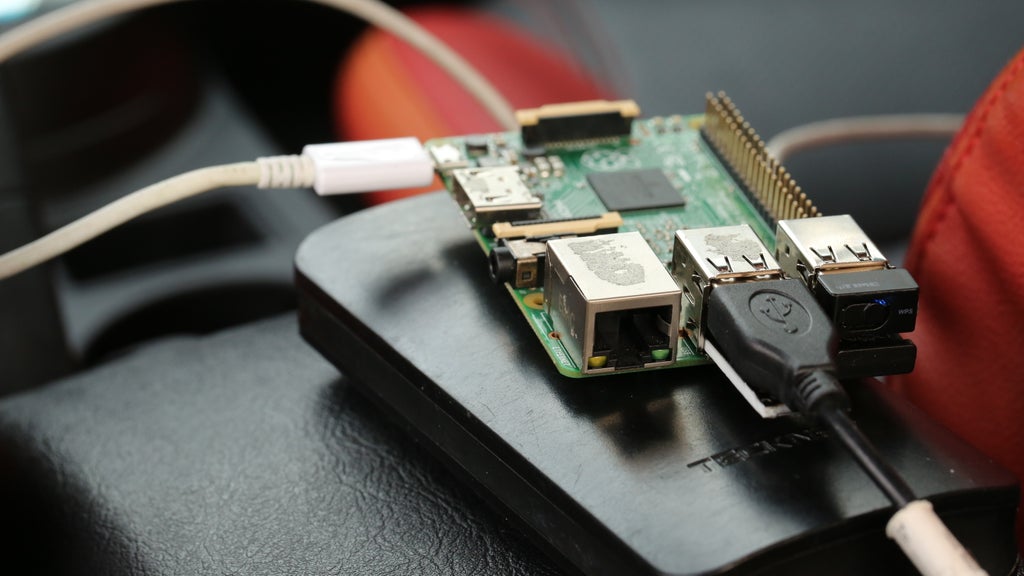
The initial goal of this project is to make smart and lifesaving technology more accessible to everyone. Since not all cars have a collision protection feature, several hobbyists and professionals have come up with different ways to make driving (and parking) a lot safer and easier.
In terms of difficulty, this project is so simple that even beginners can accomplish it. The heart of this project is the Raspberry Pi and the ultrasonic sensor. The RPi is a single-board computer that would act as your smart hub while the ultrasonic sensor would measure the distance of any cars or obstacles along your way.
At first glance, this electronic project might seem complicated for beginners and non-coders. But in fact, it is just an introductory project for beginners who are just starting to learn more about single-board computers, microcontrollers, development boards, and many more.
Portable Boombox from Scratch
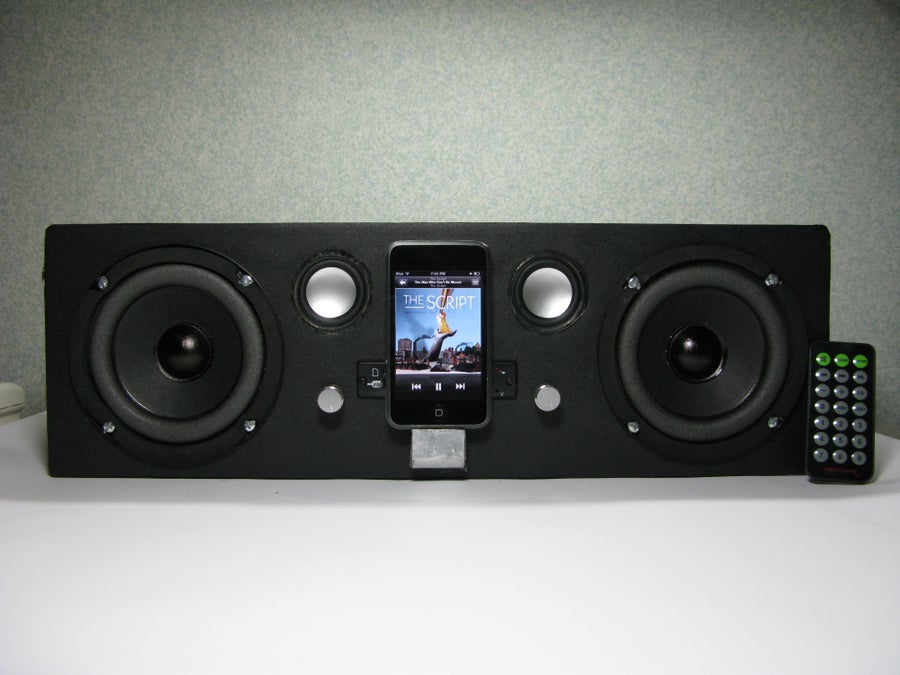
For those who are new to the DIY electronic community, this project is one of the best places to start learning. It is both a fun and easy project to make.
Since you would be doing everything from scratch, you need to purchase several tools and equipment that are not found in most electronic stores. Aside from electronics like the capacitor, resistor, audio jack, potentiometer knob, and so on, you need to purchase your own wood for the boom box casing as well. So the success of this project would depend on your creative designing, material selection, and planning.
This project would require a lot of patience and hard work. Given that you would not be needing a breadboard and any coding skills, even those without a background in electronics or circuit schematics can easily accomplish this project.
Digital Altimeter
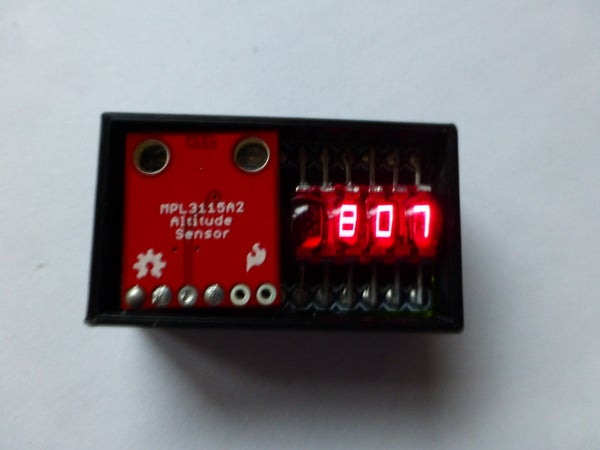
Want to practice your through-hole soldering and basic coding skills? If so, this project might be the perfect one for you.
Given that this project requires some basic coding, you need to have an Arduino IDE to run the code. Several hobbyists recommend the Arduino Pro model or something similar like the FTDI Breakout Board for this project. Other than that, you need to have a pressure or altitude sensor as well to make this digital altimeter.
For beginners and non-coders, this project might seem difficult at first. But, since several people have already accomplished this, you can just simply download the code online. You do not need to have an in-depth coding background for this project because Github already has the library for the code. It is publicly accessible and free for download online.
Biometric Attendance System
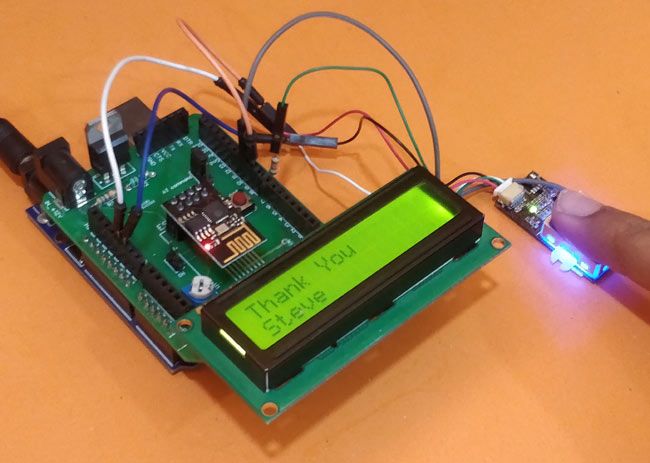
Identification using biometrics is one of the emerging technologies in security systems nowadays. However, several hobbyists and professionals have found a different way to use biometric identification. Rather than use it for security systems, they instead use it for attendance checking and management.
So if you are planning on holding a conference or mass gathering, then this project would surely impress your attendees. Rather than having them bring an ID to a conference hall, you can just mark their attendance through biometric identification.
We deem it as an electronic project for beginners because the codes needed to run the microcontroller is publicly accessible. Having said that, a quick Google search would simply do the trick. You just need to find a library that is compatible with the current microcontroller that you have.
Solar Phone Charger
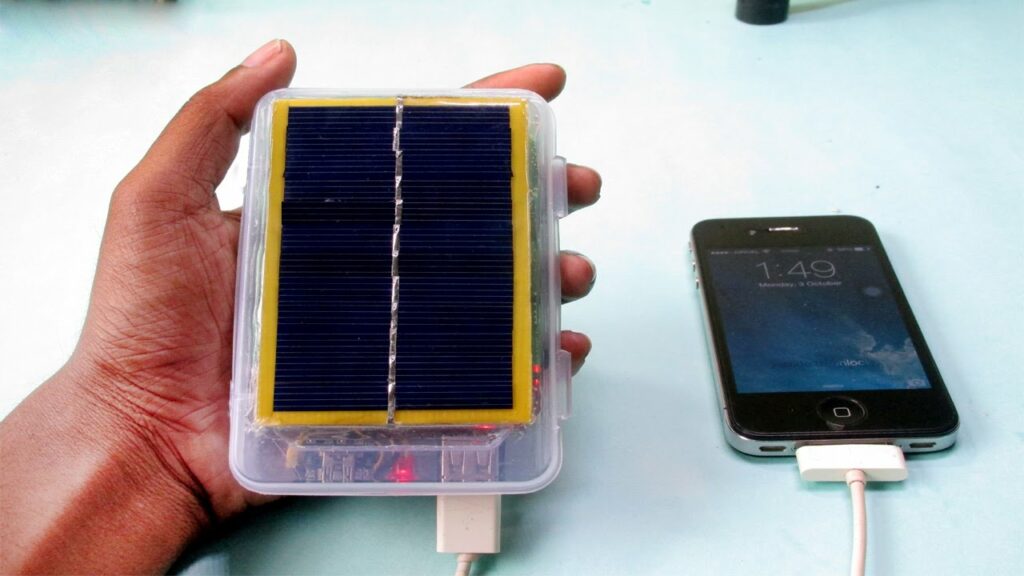
This project is a great introduction to how solar panel works. It is a perfect project for beginners because you would be able to apply your basic knowledge in circuits.
However, it is worth noting that this project could potentially damage your phone if it is not done correctly. So we highly advise you to look for a more thoughtfully designed circuit and step-by-step guide online.
Nevertheless, this project would help you get started and be familiar with the solar charger circuit. The materials for this project are cheap and simple. You only need a few things like a mini solar panel, inverter USB charger, your phone’s cable, and a soldering iron.
Water Level Indicator
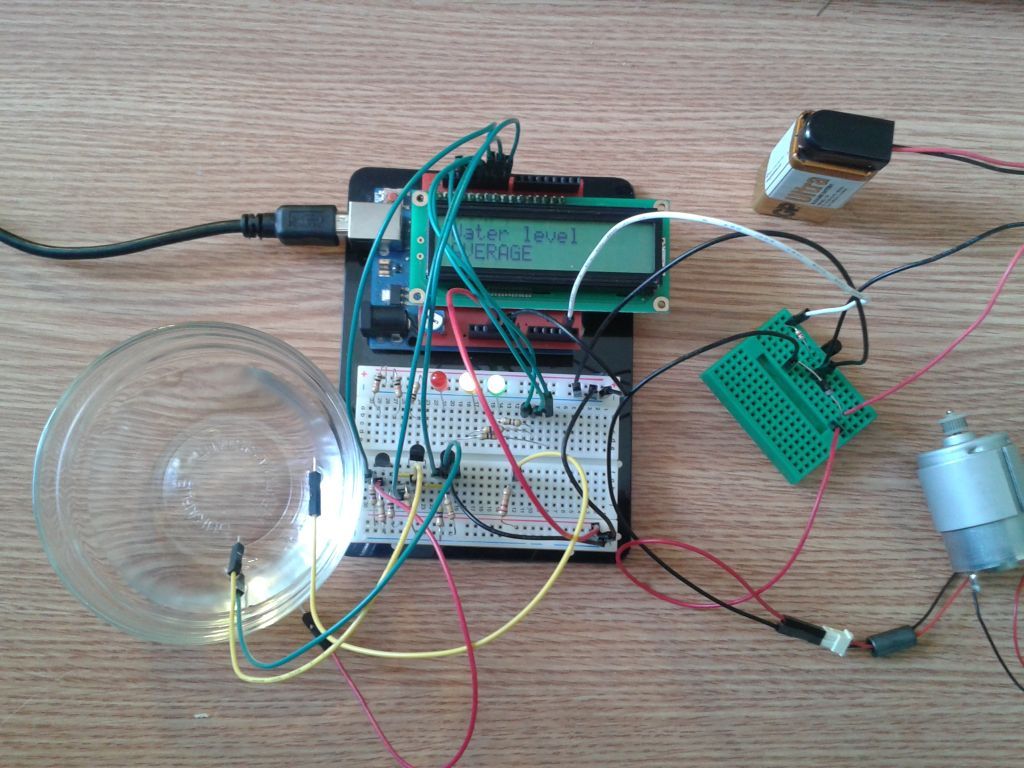
Oftentimes, water is wasted due to overflow. To help solve this problem, several do-it-yourselfers and professionals have come up with this affordable and easy-to-build project.
The core function of this project is to monitor the water level in a container as well as trigger an alarm if it is close to overflowing.
Given that several hobbyists have already accomplished this, there are many ways and approaches to this project. You can make a water alarm using microcontrollers like AVR and Arduino or you can just simply build it using a transistor, 555 Timer, and ULN2003 IC.
Whether you chose to use microcontrollers or simple circuits, trust that there would always be a step-by-step guide publicly accessible online. It is worth noting that this project is popular among hobbyists and do-it-yourselfers, so you would not have a hard time finding a guide or even a library for codes online.
Electronic Mosquito Repellent
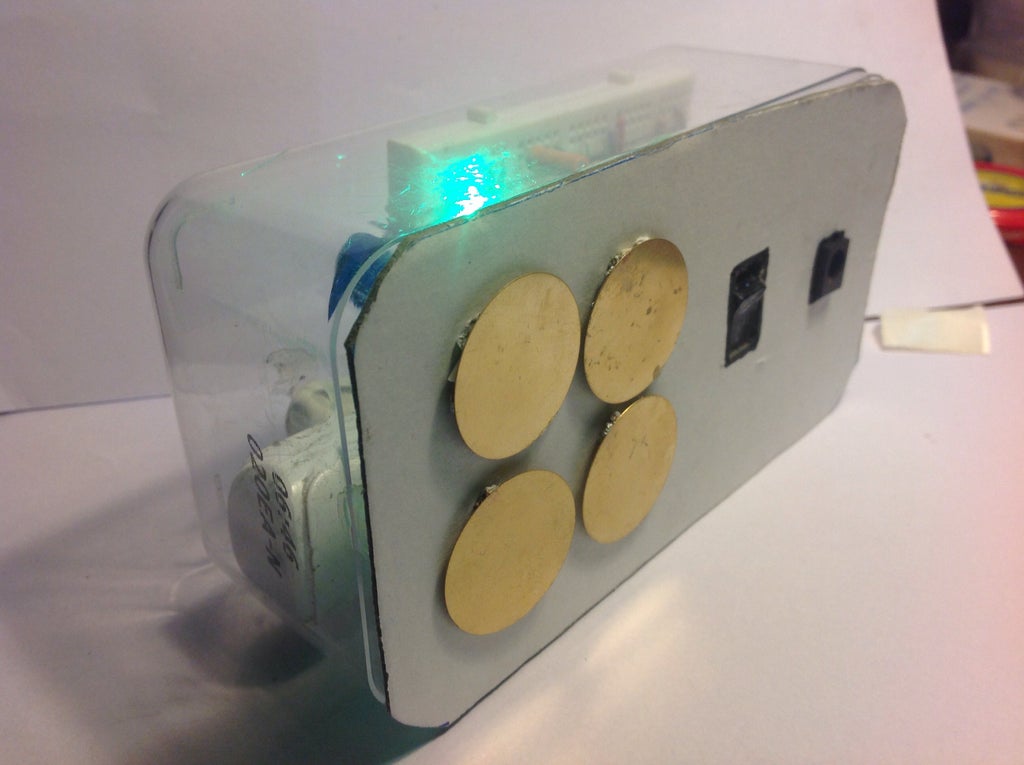
One of the most interesting electronic projects for beginners is this electronic mosquito repellent. The principle behind this project is that any sound that has a frequency of more than 20kHz repels and drives mosquitoes away. It is worth pointing out that despite emitting this frequency range, it has been proven to be safe and non-harmful to humans.
So if you live in a tropical country or it just happens to be rainy season from where you currently live, then this project might be worth looking more into.
Even though this project sounds complicated, it is pretty easy to assemble once you gather all the materials you need. Some hobbyists use an Arduino board while others just use a 555 Timer. The main components of this project are the resistors and the speaker or piezo buzzer because they make the mosquito repelling circuit.
Conclusion
We hope we managed to inspire you and impart some of our knowledge in DIY electronic projects.
It is worth pointing out that these electronic projects that we have mentioned were already done by several hobbyists. So finding a step-by-step guide online is not that difficult.
All in all, you just need to find the right tools and equipment that would help you get started on these electronic projects.
